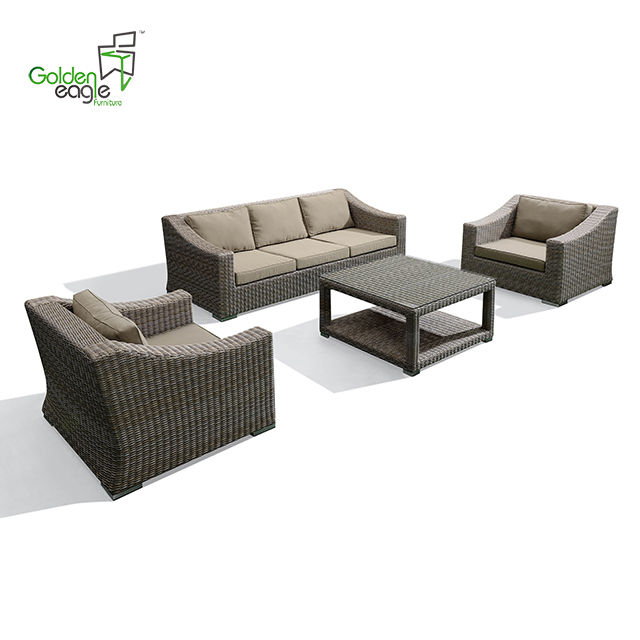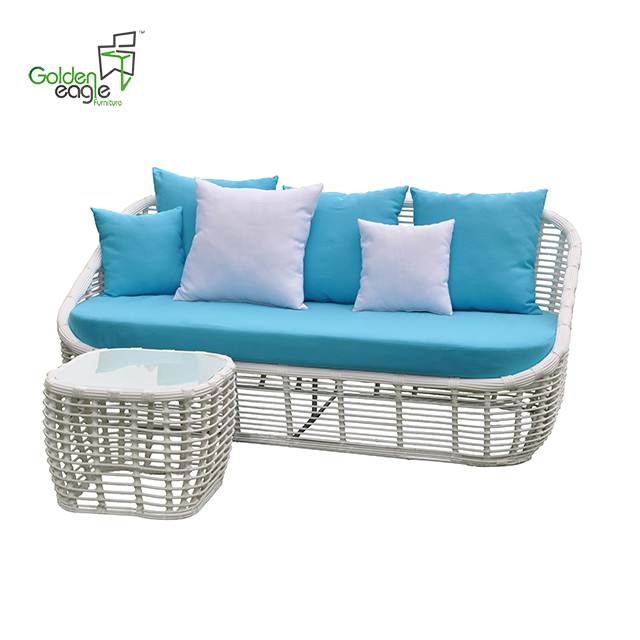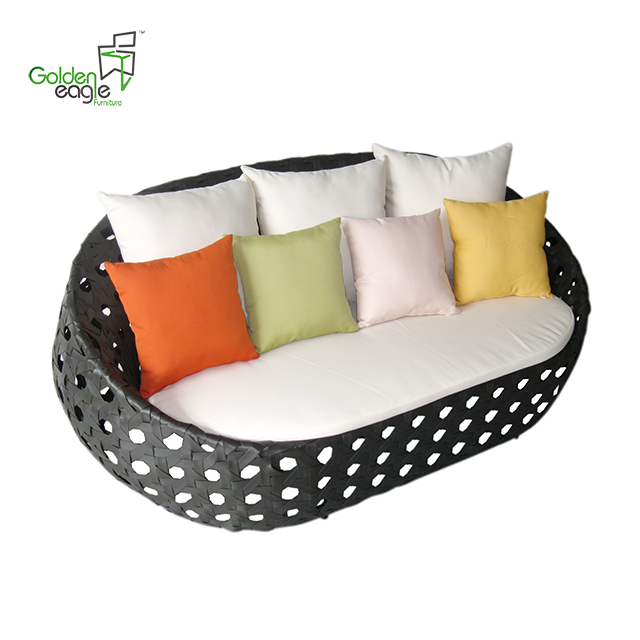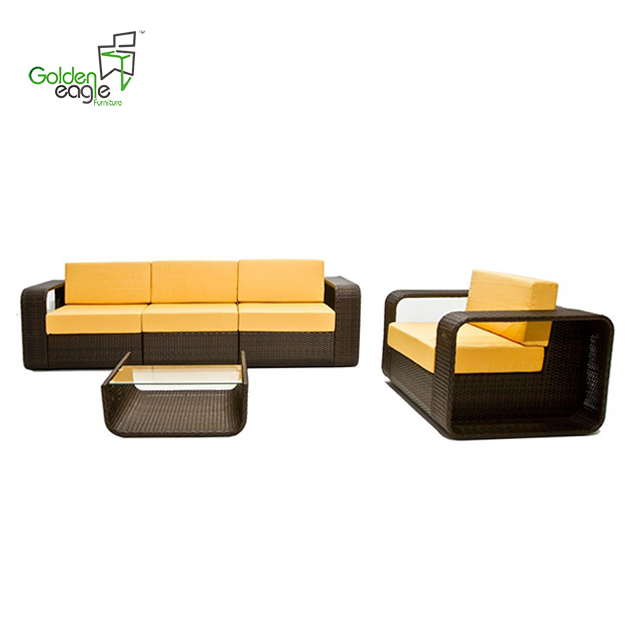Mild solvent ink
Features:
People often use the terms “mildâ€, “low smell†and “environmentally friendly solvent†to describe them because they are more economical than traditional easy inks.
The odor produced in the production process is relatively light.
Disadvantages:
Harmful substances are released into the air, even if they are not inks containing VOC components. Due to the different regulations adopted in different countries, some inks are considered to contain VOC ink in some countries but not in other countries. The most important thing is to see if your ink is compliant with the regulations in your area.
The "environmental protection" in environmentally friendly solvents refers to its economic price, not ecological or environmental protection. This ink may not be harmful to the environment, it may also be harmful. They usually contain ethylene glycol esters or glycol ether esters, which are all extracted from mineral oils.
Printing houses should know that the reduction in odor does not mean that they emit less chemicals in the production process.
Water-based or water-based ink
Features:
The main component is water, with a content of between 70% and 90%. In addition, it contains a small amount of mild solvent to make the ink more easily attached to the substrate.
Mostly used for printing POPs, short-run outdoor advertising, long-term indoor advertising, and indoor light box materials.
The printing process is relatively clean.
Disadvantages:
When it is used to print indoor and outdoor prints, it must be coated to protect the surface of the prints.
To achieve the desired effect, you must use a coating material.
"Eco" or vegetable ink
Features:
Made of vegetable oil instead of oil. These vegetable oils come from soy, flaxseed or corn, reducing the use of non-renewable resources such as oil. However, it still uses some traditional solvents.
Can be attached to a variety of non-coated materials.
Almost the same durability as traditional solvent inks can be achieved.
Disadvantages:
Ethanol, whether from oil or from crops, is also ethanol. And as long as it is an ethanol product, it will discharge VOC into the air. VOC emissions from vegetable inks may be less than traditional inks, but printers still have to consider waste disposal and environmental protection issues.
The concept of digital ink
Water-based or water-based ink: An ink consisting mainly of water, which also contains a small amount of organic solvents, such as alcohol or ethylene glycol, which can help the ink penetrate the surface of the print and can be stored during the ink. The dye is uniformly dispersed in the solvent.
Ecological or vegetable inks: These inks contain alcoholic solvents from plants, such as corn and soybeans, which adhere the ink's pigment to the substrate.
Curing:
(1) The drying process requires a high temperature, and the ink film cannot be dried by oxidation.
(2) During the decoration of textiles, heat is used to allow the pigment/dye to adhere to the fabric fibers.
(3) Two or more chemical reactions occur. When the reaction is complete, a dry surface is formed, for example, a photochemical polymerization of a UV-cured coating.
Ink: Ink is a liquid containing various pigments/dye that forms a colored image or font on the surface of an object. Ordinary ink can be used to draw or write, but its biggest use is printing.
Inkjet printing: A non-contact printing method in which nozzles can drop ink droplets from the printhead onto the surface of the substrate.
Solvent: A liquid that dissolves, reduces, or dilutes another substance.
Solvent release: Evaporation of the solvent during drying.
Substrate:
(1) The surface (usually the substrate or paper) of a material or object used for printing, adhesion, or post-processing.
(2) A basic material, or the basis for the application of another material.
UV curing:
(1) is an aggregation process.
(2) Skiing reactions that occur under ultraviolet light.
(3) The use of UV light can turn a wet coating or ink into a solid state.
UV ink: An ink containing an activator that can polymerize under the irradiation of an ultraviolet light source.
Source: Bison
Outdoor Sofas Furniture
Sofas furniture that is three seat seat, you can sit together with your friends or family together, or lie down for a lunch rest. Completely comfortable sofas furniture are perfect fit for arid and coastal climates alike.
· Handwoven premium resin wicker UV resistant
· Rust-resistant powder-coated frames
· Cushions included with 30 density sofa foam
· Versatile tempered glass tables
· Cushions also available with 100% waterproof fabric.
Outdoor Sofas furniture with different style and hand weaving




If you have any questions, please contact with us directly. Outdoor Sofa Furniture are produced
by Golden Eagle Outdoor Furniture With High Quality and Good Appearance. Welcome you can visit our Factory.For any inquiry,Please send mail directly to us.
Aluminum Patio Furniture,Garden Furniture Cushions,Contemporary Outdoor Furniture,Garden Outdoor Furniture PE Wicker
Golden Eagle Outdoor Furniture Co., LTD. , https://www.gegardensets.com